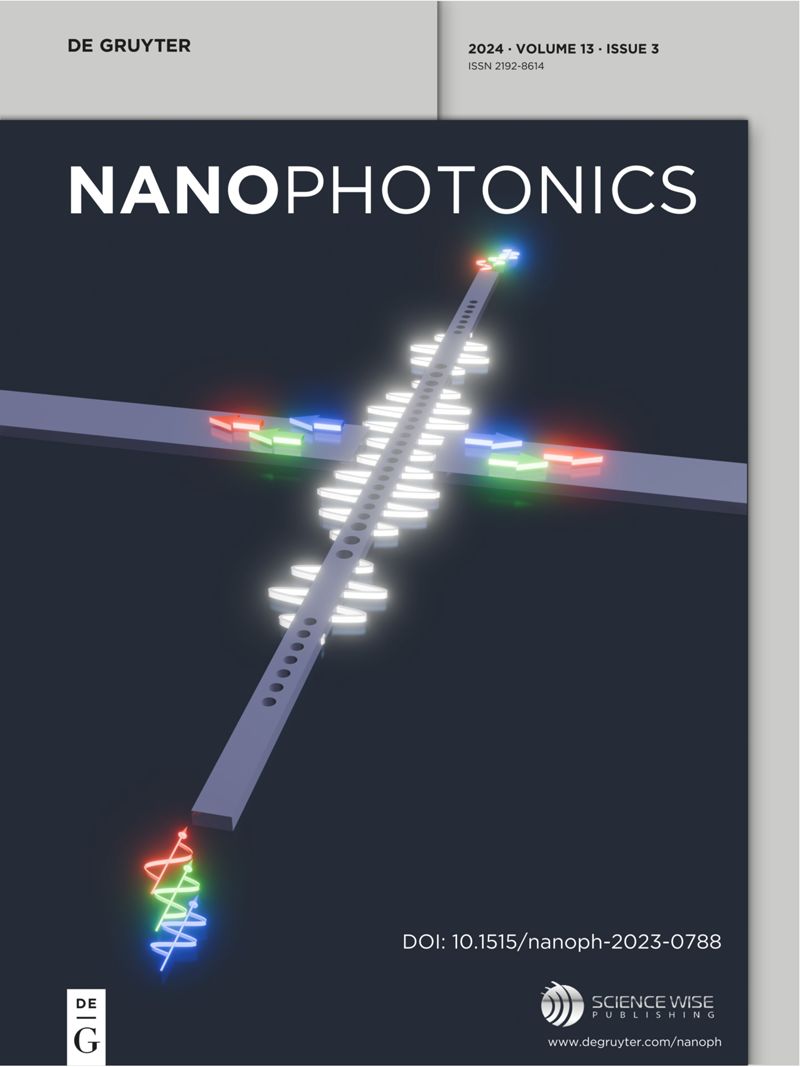Collision of high-resolution wide FOV metalens cameras and vision tasks
IF 6.5
2区 物理与天体物理
Q1 MATERIALS SCIENCE, MULTIDISCIPLINARY
引用次数: 0
Abstract
Metalenses, with their compact form factor and unique optical capabilities, hold tremendous potential for advancing computer vision applications. In this work, we propose a high-resolution, large field-of-view (FOV) metalens intelligent recognition system, combining the latest YOLO framework, aimed at supporting a range of vision tasks. Specifically, we demonstrate its effectiveness in scanning, pose recognition, and object classification. The metalens we designed to achieve a 100° FOV while operating near the diffraction limit, as confirmed by experimental results. Moreover, the metalenses weigh only 0.1 g and occupy a compact volume of 0.04 cm求助全文
约1分钟内获得全文
求助全文
来源期刊

Nanophotonics
NANOSCIENCE & NANOTECHNOLOGY-MATERIALS SCIENCE, MULTIDISCIPLINARY
CiteScore
13.50
自引率
6.70%
发文量
358
审稿时长
7 weeks
期刊介绍:
Nanophotonics, published in collaboration with Sciencewise, is a prestigious journal that showcases recent international research results, notable advancements in the field, and innovative applications. It is regarded as one of the leading publications in the realm of nanophotonics and encompasses a range of article types including research articles, selectively invited reviews, letters, and perspectives.
The journal specifically delves into the study of photon interaction with nano-structures, such as carbon nano-tubes, nano metal particles, nano crystals, semiconductor nano dots, photonic crystals, tissue, and DNA. It offers comprehensive coverage of the most up-to-date discoveries, making it an essential resource for physicists, engineers, and material scientists.
 求助内容:
求助内容: 应助结果提醒方式:
应助结果提醒方式:


